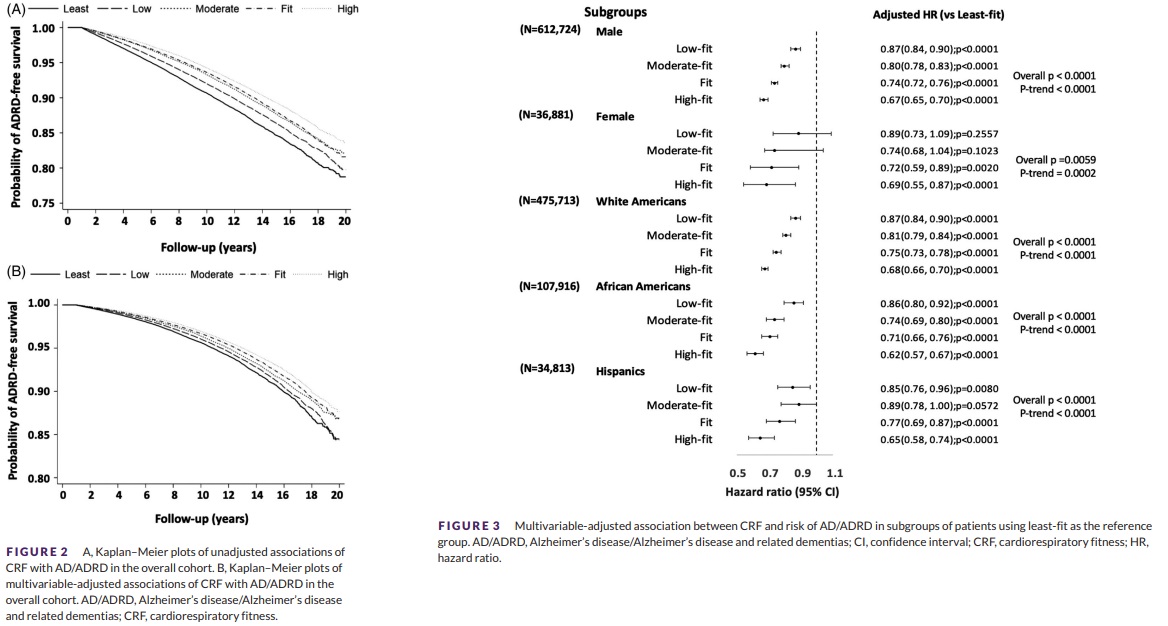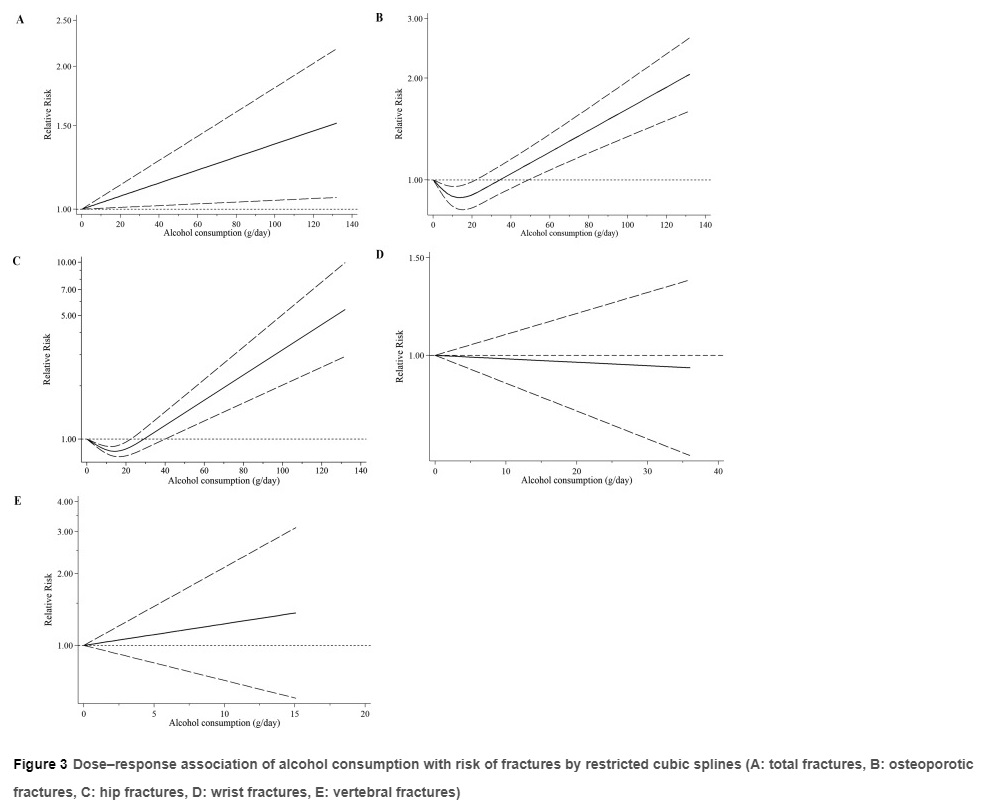
More data regarding EPA, its cardioprotective effects, and whether the outcomes of REDUCE-IT were due to the placebo that the control group was taking. 

Using an in vitro atherosclerosis model, the study's findings suggest that administration of mineral oil to promote atherosclerosis to a degree sufficient to account for the full benefit observed with EPA treatment in REDUCE‐IT is unlikely.
"Along with other distinct mechanisms, EPA antioxidant properties may contribute to reduced cardiovascular events in outcome trials using IPE compared with n3‐FA combinations, independent of placebo selection."
Comparative Effects of Mineral Oil, Corn Oil, Eicosapentaenoic Acid, and Docosahexaenoic Acid in an In Vitro Atherosclerosis Model (open access)
doi.org/10.1161/JAHA.1…
#nutrition #diet #PUFAs #Omega3 #MetabolicSyndrome #atherosclerosis
doi.org/10.1161/JAHA.1…
#nutrition #diet #PUFAs #Omega3 #MetabolicSyndrome #atherosclerosis
• • •
Missing some Tweet in this thread? You can try to
force a refresh









